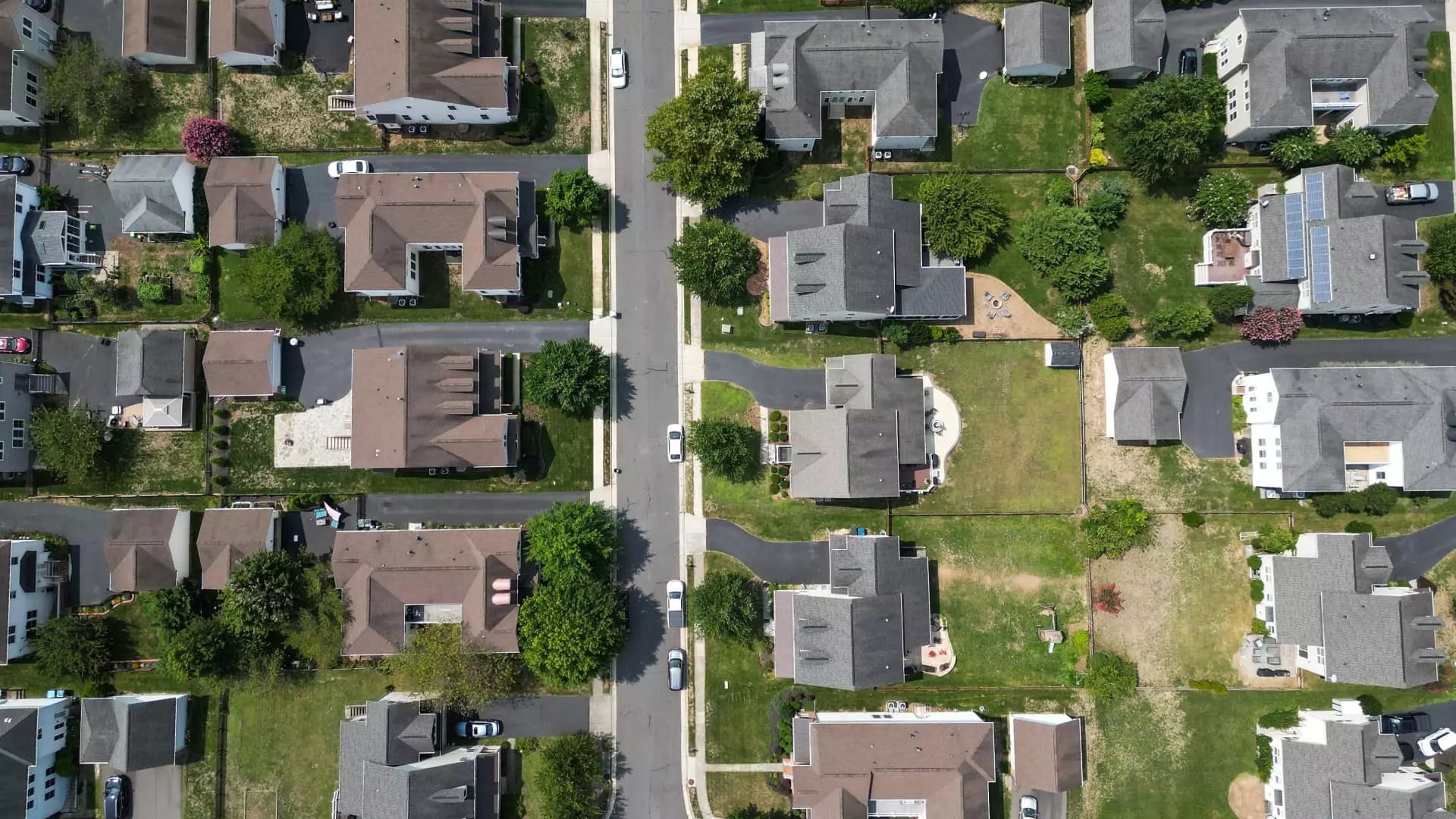As we delve into the state of mortgage demand in the early months of this year, it becomes evident that the market is displaying surprising resilience despite a backdrop of rising interest rates. Recent data from the Mortgage Bankers Association indicates a 7% increase in total mortgage application volume compared to the same week last year. This uptick is noteworthy, especially given that mortgage rates, particularly for 30-year fixed-rate loans, have seen an increment, climbing to 7.09%—the highest level recorded since May 2024.
The upward shift in interest rates, which have risen from 6.99% to 7.09%, reflects broader economic pressures. Factors such as persistent inflation and significant budget deficits have compelled bond yields in the U.S. and internationally to rise, pushing mortgage rates upward for the fifth consecutive week. This scenario highlights the intricate relationship between the economy at large and mortgage rates, where external financial trends exert a considerable influence on individual consumer behavior in the housing market.
One particularly intriguing trend is the notable 22% increase in applications for refinancing a home loan compared to the same week a year ago. At first glance, this rise might seem counterintuitive, as one would expect refinancing activity to wane with increasing rates. However, the current low volume of refinancing applications skews percentage changes significantly, creating a misleading impression of robust demand. This anomaly suggests that while consumers are seeking to optimize their financing arrangements, the overall activity remains muted when viewed in a larger context.
On the purchasing side of the spectrum, applications for securing a mortgage to buy a home declined by 2% year-on-year. Although potential buyers appear to be facing a slightly more favorable inventory environment, with an increased number of homes on the market, the persistent strength of prices poses challenges. Much of this counterfeit inventory growth stems from existing homes lingering on the market rather than a surge in new listings, indicating a market that is grappling with buyer confidence, affordability issues, and overall economic conditions.
As we analyze the weekly comparisons in mortgage application data, it’s crucial to recognize that seasonal volatility, especially around holidays, can significantly distort the understanding of market trends. A more refined focus on absolute levels rather than percentage shifts offers a clearer perspective on the real estate landscape.
Looking ahead, mortgage rates are anticipated to maintain a steady trajectory as the market braces for potential shifts following the upcoming Consumer Price Index release, a critical metric for understanding inflation and its ramifications on the broader economic picture. This announcement could trigger significant movements in mortgage rates, directly influencing the decisions of consumers and industry professionals alike.
While the mortgage market exhibits signs of vitality with increased application volumes, the complex interplay of interest rates, economic conditions, and consumer behavior calls for a nuanced approach to understanding its dynamics.

